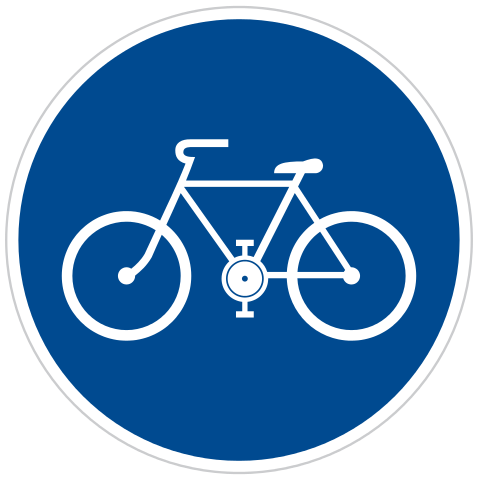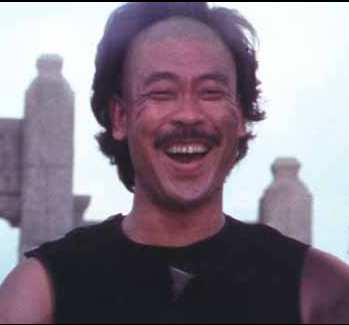- cross-posted to:
- micromobility@lemmy.world
- bikecommuting@lemmy.ml
- cross-posted to:
- micromobility@lemmy.world
- bikecommuting@lemmy.ml
Paywall-free link: https://archive.ph/3tLtL
The crash occurred on September 25, 2021, the first crisp day of fall after a hot Texas summer. Claudius Galo intended to ride a hundred miles or more that morning. “There was a chill in the air. It felt so good. The energy was high,” he recalls of the small group that gathered to ride with him.
Galo had moved to the Houston area from Rio de Janeiro, about 14 years prior. A calm and inquisitive engineer who works in the oil and gas industry, Galo had become unhealthy and overweight in his late thirties. He tried running but got hurt, so his doctor recommended adding swimming and cycling. Now 45, he’d lost 60 pounds and completed six Ironmans and almost a dozen half Ironmans. Tamy Valiente, 45, had come to the United States from Costa Rica nine years before. Inspired by the Ironman World Championship in Kona, Hawaii, in her twenties, she’d dreamt of becoming a competitive bike rider, but first, “I had to raise my babies,” she says. After going through a divorce, she eventually saved enough money to buy a bike frame and slowly began building her first racing bike part by part. She would often wake at 4 a.m. to train on the narrow roads close to her home back near San José, where buses crept by within inches of her handlebar. To Valiente, the U.S. felt like paradise. “The roads seemed safe. The traffic laws were actually enforced,” she says.
On the day of the crash, David Reynolds, a 45-year-old tattooed photographer with two teenage children, had ridden 11.5 miles to meet the group at Hockley Community Center, about 30 miles west of downtown Houston. Cycling was his “Zen time,” when he could zone out and let all his worries wash through him. Though he wasn’t training for an event, he had ridden for nearly 600 consecutive days. “I just like to ride,” he says. The group that rolled out that morning included three other experienced cyclists: Craig Staples, Brad Stauffer, and Keith Conrad. The six regularly met up to ride through Waller County, an agricultural and ranching community just outside the sprawling metropolis. The group would become known as the Waller 6.
. . .
Rolling coal should be illegal, considered aggressive driving, and the police should be able to impound your vehicle for a few weeks if caught doing it.
On a similar topic, any exhaust loud enough to require hearing protection should be illegal and the vehicle should be removed from the road until its exhaust cannot damage the ears of people outside the vehicle. It is absolutely ridiculous one asshole can wake up an entire neighbourhood at 2:00 am because “fast car go vroom vroom very loud, I am so cool.”
Tamy Valiente doesn’t ride anymore. She doesn’t talk to her bike. She’s given up on her dream of completing an Ironman in Kona. It’s not that she doesn’t want to ride. She can’t.
“And you know,” she says, “I really loved riding my bike.”
This sentence hit hard…
If you see someone rolling coal, it is morally OK to find them and remove the stem valves from their tires.
Cyclists in areas where people regularly roll coal should be permitted to carry arms.
In Texas it is already legal to carry, concealed or not, without a permit.
Colorado makes it legal, if the weapon is concealed, but I would still never.
And we do get rolled here like anywhere else. But still. F these neanderthals. As long as something like in the article doesn’t happen, they’re not worth the effort.





